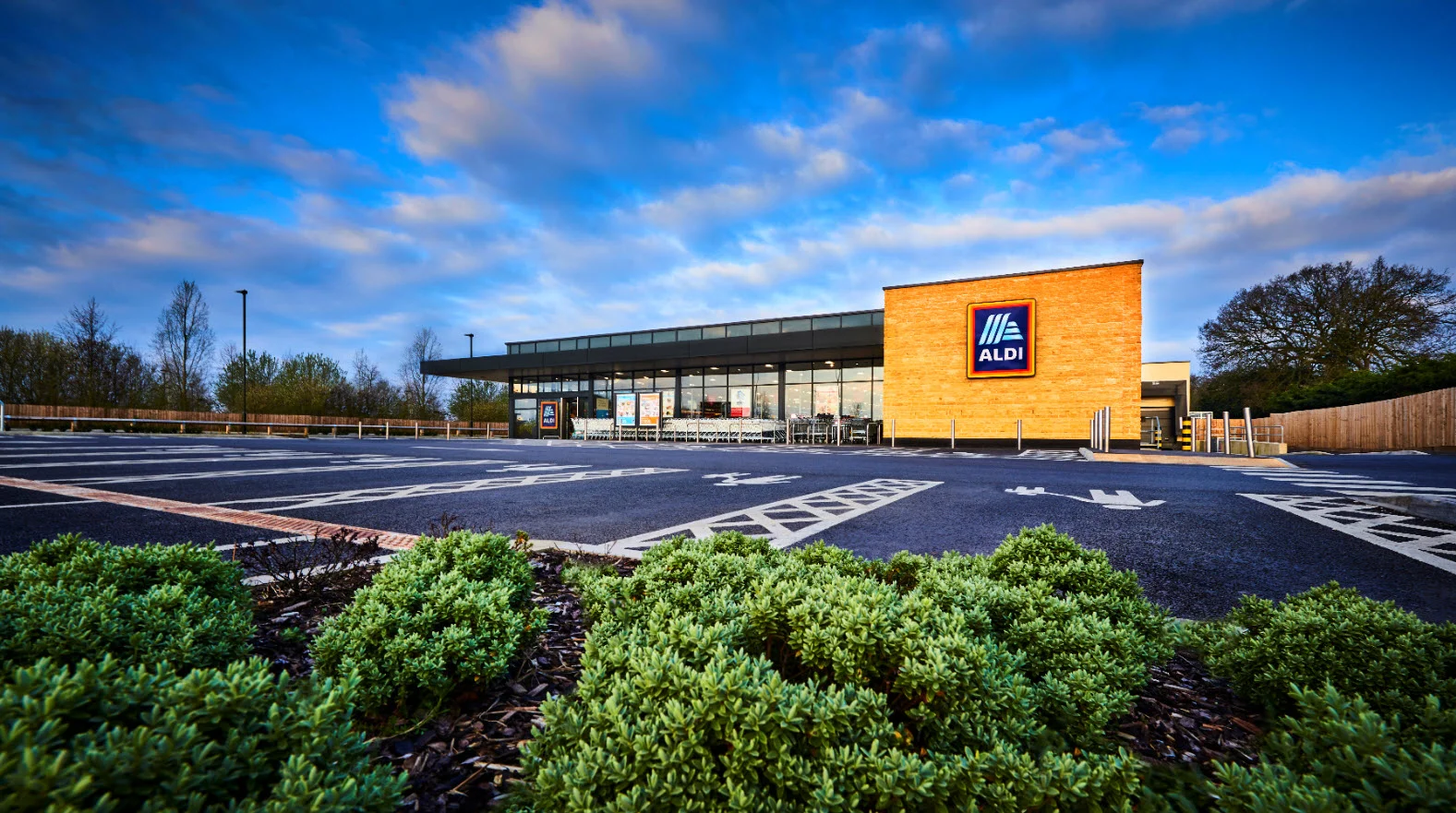According to the latest data from Auto Trader, the average price of a used car on its marketplace[1] grew 28.5% last week on a year-on-year (YoY)[2] and like-for-like basis, marking the 98th week of consecutive price growth. Whilst growth remains incredibly strong, the recent run of massive acceleration that has characterised the used car market since spring of last year is showing signs of easing slightly, with the current rate of growth below (albeit very marginally) the all-time high of 29% YoY recorded in the closing weeks of February.
The slight easing can be attributed to the fact YoY prices are now beginning to overlap with previous highs (this time last year, average prices were up 5.9% YoY), as well as a slight softening in consumer demand. This is due to a combination of factors, not least three consecutive storms and the resulting flooding in parts of the UK, as well as the ongoing conflict in Ukraine, all of which has understandably diverted the public’s attention. What’s more, the school half-term meant many people prioritised a holiday over searching for their next car.
However, there remains plenty of appetite in the market, with the traffic to Auto Trader’s marketplace remaining strong with a consistent 1.4 million daily users. This is further supported by the faster speed at which retailers are selling cars. Last week it took an average of just 25 days for stock to leave forecourts. Not only is it 29% faster than the speed of sale recorded a year ago (35 days), but it’s the lowest weekly average in five months.
Consumer affordability survey points to continued demand
Despite current inflation rates, the latest consumer research conducted by Auto Trader suggests consumer confidence in affordability remains strong. Conducted in February, it found that nearly half of those surveyed were more confident in being able to afford their next car than they were last year. What’s more, a third (32%)[3] believe car ownership is more important today than it was pre-COVID, which is a marked increase on the 25% recorded in February 2021, when the country was still under strict restrictions.
On a similarly positive note, a separate study found that out of circa 4,000 car buyers, 42% intend to purchase within the next two weeks, which is up from 37% In January, and 35% in December. Along with broader macroeconomic factors, not least employment levels hitting record levels, these metrics offer a reassuring picture of ongoing market stability.
Auto Trader’s Data and Insights Director, Richard Walker, commented: “Given the headlines over recent weeks, a slight softening in what has been a long period of exceptionally strong consumer demand is to be expected. However, it is not an indication of a market in reverse and anyone anticipating a sudden drop in prices will be disappointed. Despite the potential headwinds, demand remains buoyant, which combined with the ongoing pressures on new and used car supply, which the current conflict in Ukraine may constrain even further, will ensure used car prices remain high for some time to come.”
“Increasing used car prices does have the potential to place added pressure on motorists who are already beginning to feel the effect of rising inflation, and the growing pinch at the fuel pumps. However, if you already have a car to sell or to exchange, the impact should be fairly limited, as it’s not just the price of the car on retailers’ forecourts that are increasing, so too is the car on your driveway.”
The Blue Oval records the highest like-for-like price growth
Looking at the data on a more granular level, volume brands are seeing the largest price growth, with Ford topping the list with an average price growth of 46% YoY. It’s followed by Suzuki (41%), Skoda (41%), Dacia (41%), Vauxhall (39%) and Nissan (38%). This is reflected in those models currently recording the greatest and lowest price increases – as listed below, the top ten is made up of just volume brand cars, whilst the bottom ten consists primarily of premium models.
Largest used car price increases and contractions by model as of 14th – 20th March 2022
Such is the recent surge in price growth, just five of the bottom 10 performers are seeing prices contract.
prices contract.
| Rank | Make | Model | Average Asking Price | Price Change |
| 1 | Subaru | Impreza | £12,432 | 63.3% |
| 2 | SEAT | Alhambra | £19,055 | 58.7% |
| 3 | Ford | S-Max | £15,356 | 54.4% |
| 4 | Toyota | Auris | £13,064 | 53.0% |
| 5 | SKODA | Yeti | £12,992 | 51.0% |
| 6 | Ford | Grand C-Max | £12,552 | 50.7% |
| 7 | Hyundai | i30 | £12,458 | 50.7% |
| 8 | Citroen | Berlingo | £13,624 | 50.3% |
| 9 | Renault | Scenic | £8,185 | 49.7% |
| 10 | SKODA | Octavia | £16,566 | 49.4% |
| 10 | BMW | 8 Series Gran Coupe | £60,956 | 2.2% |
| 9 | Citroen | C4 | £14,536 | 2.0% |
| 8 | Land Rover | Discovery 3 | £8,402 | 1.6% |
| 7 | Porsche | Taycan | £120,386 | 0.8% |
| 6 | CUPRA | Formentor | £35,814 | 0.7% |
| 5 | BMW | 8 Series | £56,934 | -1.2% |
| 4 | Audi | S5 | £27,499 | -4.0% |
| 3 | Mazda | MX-30 | £27,309 | -11.8% |
| 2 | Volvo | V90 | £27,641 | -12.4% |
| 1 | Lexus | UX 300e | £43,560 | -15.9% |
This analysis is based on used car prices on the Auto Trader marketplace only, and not the wider Retail Price Index methodology which includes the wider used car market





